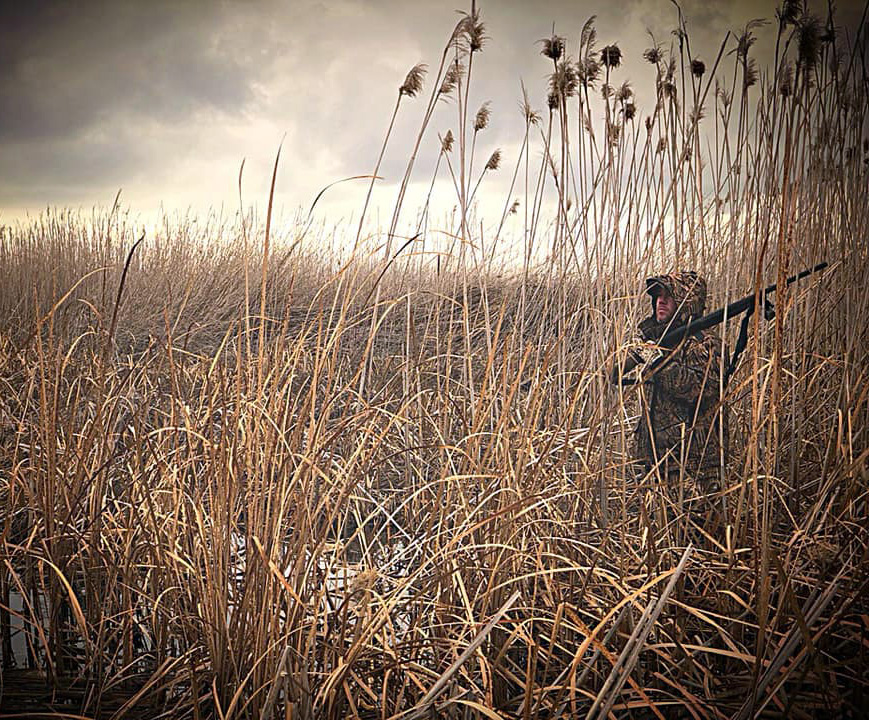
Watch for harmful algal blooms while hunting waterfowl around Utah
ST. GEORGE, UT — Many of Utah’s general-season waterfowl hunts opened on Oct. 2, and hunters are getting out on the water across the state to harvest migrating geese and ducks. While they are prepared with decoys, dogs, and ammunition, some hunters may not be as prepared to recognize and avoid harmful algal blooms on some Utah waterbodies.
As of Tuesday, Oct. 12, there are nine waterbodies currently under warning advisory, and one water body under danger advisory across Utah. On Oct. 31, the Utah Division of Water Quality will stop monitoring for harmful algal blooms as temperatures continue to decrease and weather conditions worsen during the fall and winter. However, despite some notions that harmful algal blooms only occur during hot summer weather, they can persist throughout the fall and winter and continue to pose a potential threat to humans and pets.
“Beginning at the end of the month, some active advisories will be lifted, and signs and website posts will start to come down,” DWQ Water Quality and Technical Services Manager Ben Holcomb said. “However, it’s essential to know that these blooms can continue in colder weather. People should know what to look for, and when in doubt, keep your pets and hunting dogs out of the water.”
Blooms form when naturally occurring cyanobacteria, also known as blue-green algae, multiply to high densities and form visible water discoloration, scum, and mats. Harmful algal blooms can look like pea soup, spilled paint, grass clippings, or water that has a green or blue-green hue.
Cyanobacteria can produce several kinds of toxins that can affect liver, nerve, and skin tissue. If you suspect a harmful algal bloom in the water, stay out of the water and avoid any contact with water or scum. Be sure to clean waterfowl and fish well with fresh water, and discard all guts.
Hunters should also keep their dogs away if they suspect a harmful algal bloom, as the toxins have proved to be fatal in pets. Dogs can be exposed to toxins by skin contact with water that is contaminated with cyanobacteria or toxins, by swallowing water or by licking the water off their fur or hair.
If you suspect your pet has been exposed to a harmful algal bloom, seek immediate care from your veterinarian. Even with proper veterinary care, most exposures are fatal. Prevention is the best way to protect your pet.
Suspected harmful algal blooms can be reported to DWQ by calling 801-536-4123. Find more information about harmful algal blooms at habs.utah.gov.




